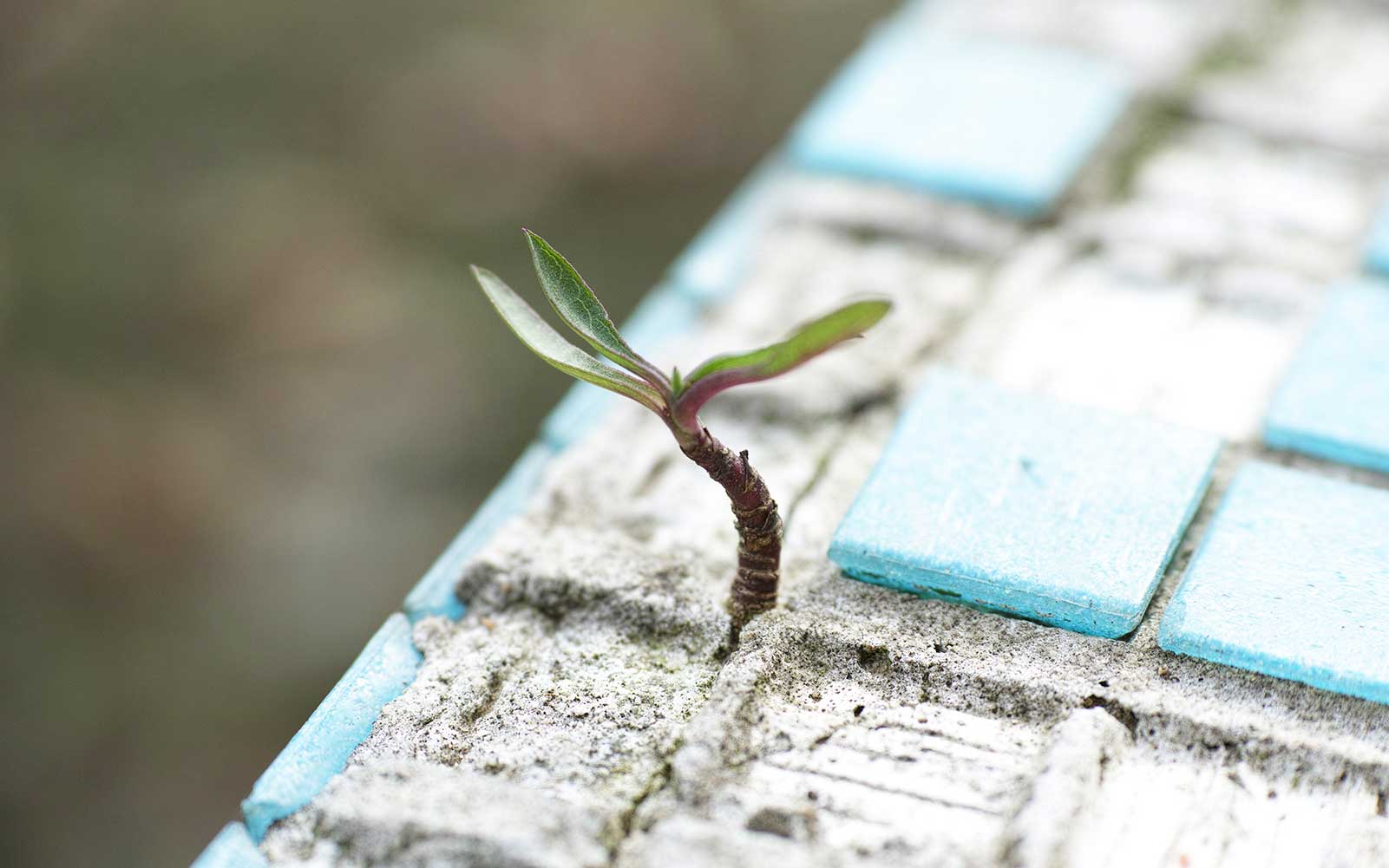
Asia Pacific consumers may be more willing to buy brands that focus more on sustainability!
The 28th Conference of the Parties to the United Nations Framework Convention on Climate Change (COP28), to be held in Dubai, United Arab Emirates, from November 30 to December 12, will conduct the first “global inventory” after the entry into force of the Paris Agreement. This attracted about 80,000 participants from nearly 200 countries and regions around the world, and the scale of participation reached a record high.
A recent survey of luxury packaging reveals how much consumers value brands’ commitment to sustainability. The survey, which covers consumers in the Asia Pacific region, shows that if a brand does not focus on sustainability, consumers’ willingness to buy drops significantly.
Of the consumers surveyed, a whopping 92 percent said they would reduce or stop buying from brands that don’t take sustainability seriously, with 27 percent even saying they would stop buying from these brands altogether. Conversely, when it comes to brands that value sustainability, more than two-thirds of respondents said they would buy more.
The survey also revealed that millennials and Gen Z consumers view sustainability as a core consideration. Nearly half of Gen Z consumers believe they are more environmentally conscious, and 76 percent of Gen Z consumers say they would increase their purchases to show support, and are even willing to pay up to 28 percent more for luxury brands that value sustainability.
However, the survey also found some problems. First, 59% of consumers believe that the lack of transparency in brand sustainability policies prevents them from practicing sustainable consumption. Secondly, non-environmentally friendly packaging and the creation of excessive waste are also obstacles. 39% are disgusted by excessive multi-layer packaging, while up to 90% of luxury consumers believe that the use of plastic does not fit the image of a luxury brand.
Brands can do more. For example, when selecting a supplier, we should first check whether the other party’s environmental protection and sustainable development measures are adequate. In addition, brands should provide consumers with information on their websites or product labels that can track supply chain information, so that consumers can decide for themselves how to consume. For consumers, it is difficult to spend time on the brand website before each purchase, so the information on the product label is very important.
The survey also revealed that 54% of APAC consumers believe that product packaging is the easiest and most direct way to learn about the sustainability efforts of their favorite luxury brands. 64% believe that clearly stating the brand’s sustainability practices or certification on the packaging is the easiest way to identify a sustainable luxury brand. Ninety-five percent of respondents want luxury brands to list their commitment to zero plastic or related sustainability certifications on product packaging.
The survey shows that as consumer awareness of sustainability issues continues to increase, brands need to pay more attention to environmental protection and sustainability commitments. For those brands that have not yet adopted environmental protection measures, they need to recognize the impact of this issue on consumer purchasing decisions and take proactive measures to improve the environmental protection of products to meet consumer needs and remain competitive in the market.



